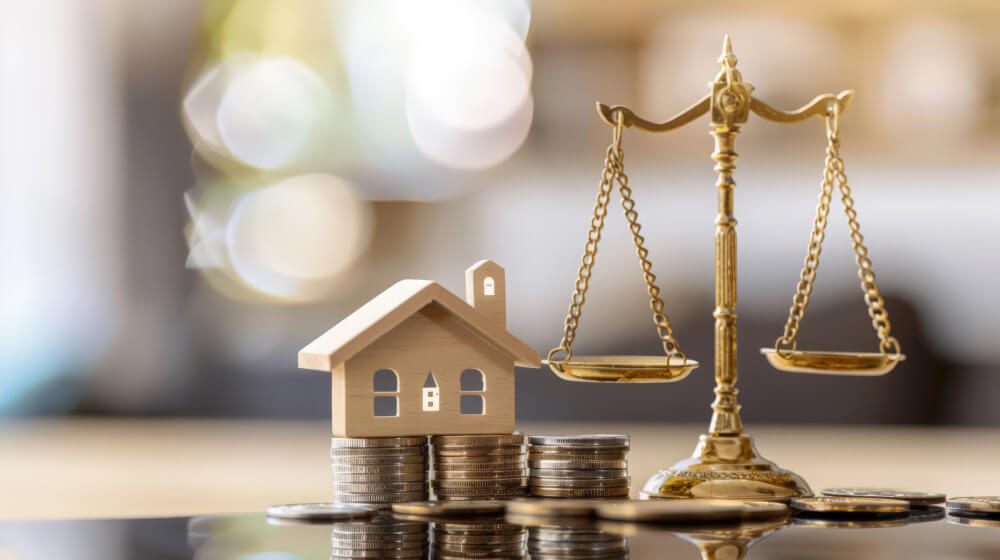1. Federal Tax Credits
Overview: The U.S. federal government offers various tax credits for homeowners who make energy-efficient upgrades to their properties. These credits help offset the costs of installing renewable energy systems and improving home efficiency.
Key Updates:
- Residential Clean Energy Credit: Extended through 2034, this credit covers 30% of the cost of installing renewable energy systems, such as solar panels, wind turbines, and geothermal heat pumps. There is no cap on the amount of the credit.
- Energy Efficient Home Improvement Credit: Homeowners can receive a tax credit of up to $1,200 per year for making specific energy-efficient improvements, such as installing energy-efficient windows, doors, insulation, and HVAC systems. The credit covers 30% of the project cost.
Benefits:
- Cost Savings: Reduces the upfront cost of green building improvements.
- Increased Property Value: Energy-efficient homes are more attractive to buyers and can command higher prices.
- Environmental Impact: Encourages the use of renewable energy and reduces carbon footprints.
2. State and Local Incentives
Overview: Many state and local governments offer additional incentives to promote green building practices. These incentives can vary widely, from tax credits and rebates to grants and low-interest loans.
Key Updates:
- California Solar Initiative (CSI): Offers rebates for the installation of solar energy systems on residential and commercial properties. The program also includes performance-based incentives for commercial installations.
- New York State Energy Research and Development Authority (NYSERDA) Incentives: Provides various incentives for energy-efficient home improvements, including rebates for energy-efficient appliances, insulation, and heating and cooling systems.
- Massachusetts Clean Energy Center (MassCEC) Programs: Offers rebates and financing options for renewable energy installations and energy efficiency improvements.
Benefits:
- Financial Assistance: Reduces the financial burden of green building projects through rebates, grants, and low-interest loans.
- Local Support: Tailored programs address specific regional needs and climate conditions.
- Broader Reach: State and local incentives complement federal programs, providing additional layers of support.
Join HICP Homeowner’s Alliance
Connect with experts, get special discounts and enjoy member benefits
3. Utility Company Rebates
Overview: Many utility companies offer rebates to customers who invest in energy-efficient appliances and home improvements. These programs are designed to reduce energy demand and promote sustainability.
Key Updates:
- Energy Star Rebates: Many utility companies partner with the Energy Star program to offer rebates on certified energy-efficient appliances, such as refrigerators, washers, dryers, and HVAC systems.
- Demand Response Programs: Incentives for homeowners who participate in programs that reduce energy use during peak demand periods, such as smart thermostat rebates and time-of-use pricing plans.
Benefits:
- Immediate Savings: Provides instant rebates and discounts on energy-efficient products.
- Long-Term Benefits: Reduces energy bills over time through improved efficiency.
- Environmental Impact: Supports broader efforts to reduce energy consumption and greenhouse gas emissions.
4. Green Building Certifications
Overview: Achieving green building certifications can qualify homeowners for various incentives. Programs like LEED (Leadership in Energy and Environmental Design), ENERGY STAR for Homes, and the National Green Building Standard provide frameworks for building sustainable homes.
Key Updates:
- LEED Certification: Homes that achieve LEED certification may qualify for property tax credits, expedited permitting, and other local incentives.
- ENERGY STAR for Homes: ENERGY STAR-certified homes are eligible for various rebates and incentives from state and local governments, as well as utility companies.
- National Green Building Standard (NGBS): Certification under NGBS can qualify homes for tax credits, rebates, and other incentives aimed at promoting green building practices.
Benefits:
- Marketability: Certified homes are more attractive to eco-conscious buyers.
- Incentives: Access to additional financial incentives and support.
- Sustainability: Ensures homes are built to high standards of energy efficiency and environmental responsibility.
5. Green Financing Options
Overview: Green financing options, such as energy-efficient mortgages (EEMs) and property-assessed clean energy (PACE) financing, help homeowners fund green building projects with favorable terms.
Key Updates:
- Energy-Efficient Mortgages (EEMs): EEMs allow homeowners to finance energy-efficient upgrades as part of their mortgage. The FHA, VA, and conventional lenders offer EEM programs.
- PACE Financing: PACE programs provide upfront funding for energy-efficient and renewable energy improvements, repaid through property taxes over a period of up to 20 years.
Benefits:
- Affordable Financing: Provides access to low-cost financing for green building projects.
- Increased Home Value: Energy-efficient improvements can increase the value of the property.
- Flexibility: Allows homeowners to undertake larger projects with extended repayment terms.
Government incentives for green building practices are evolving to meet the growing demand for sustainable and energy-efficient homes. By taking advantage of federal tax credits, state and local programs, utility rebates, green building certifications, and green financing options, homeowners can significantly reduce the cost of green building projects and contribute to a more sustainable future.
Staying informed about the latest updates in government incentives can help you make the most of these opportunities and ensure that your home is both eco-friendly and cost-effective. Investing in green building practices not only benefits the environment but also enhances your home’s value and long-term savings.




















